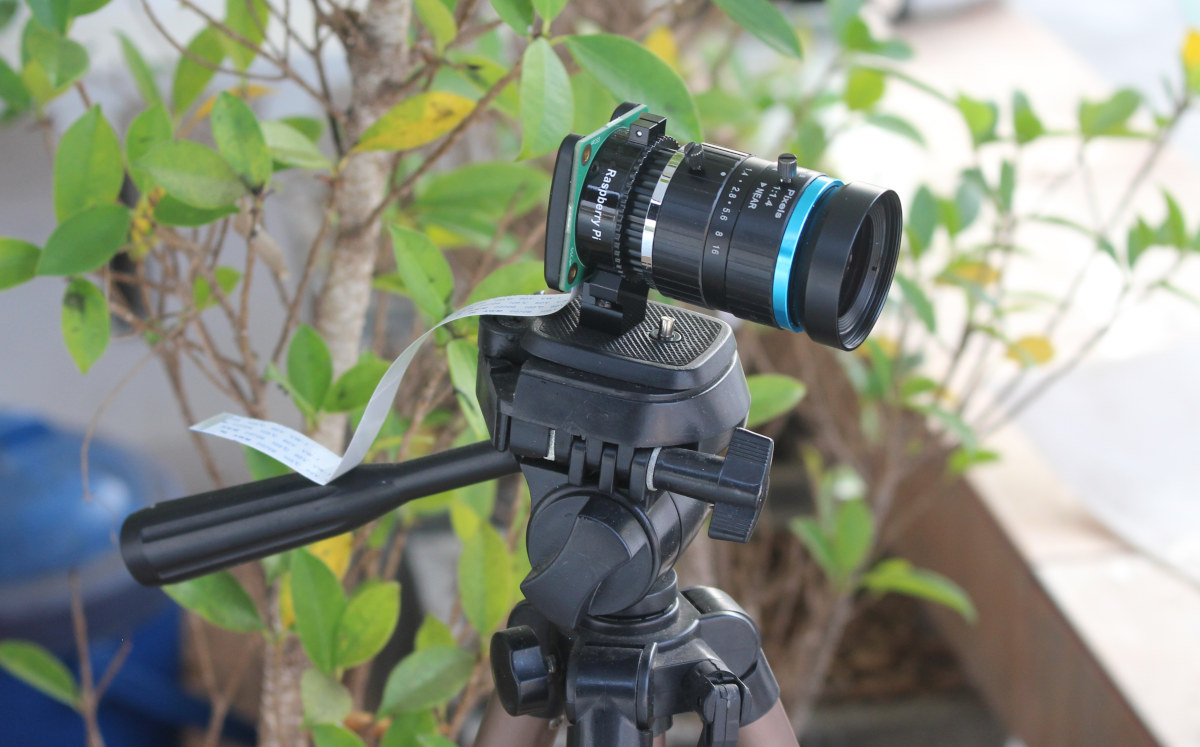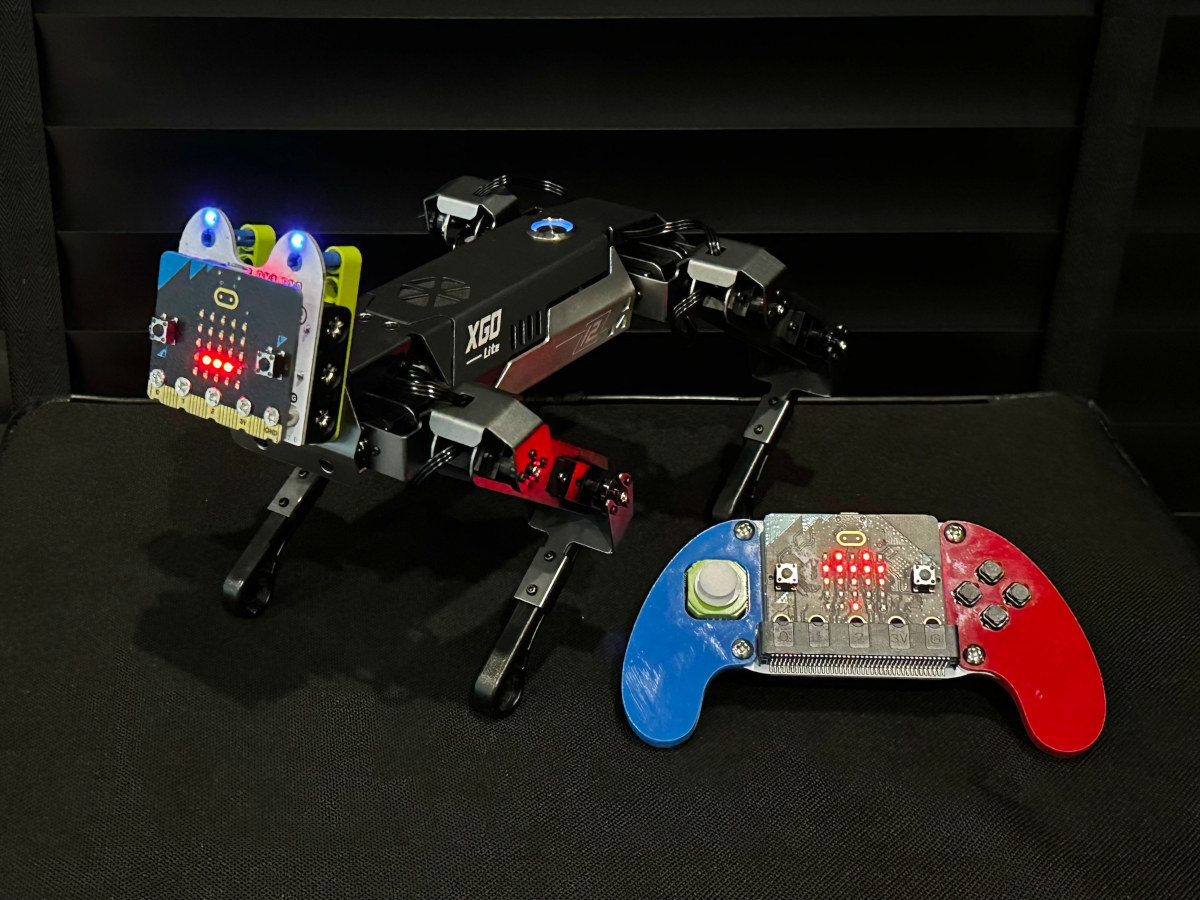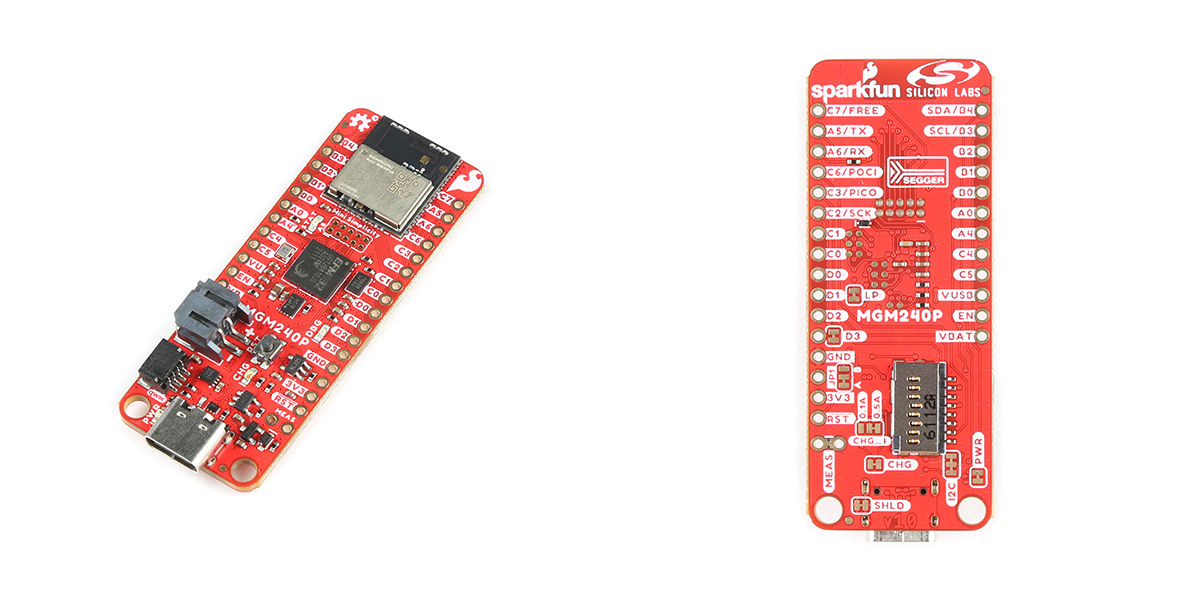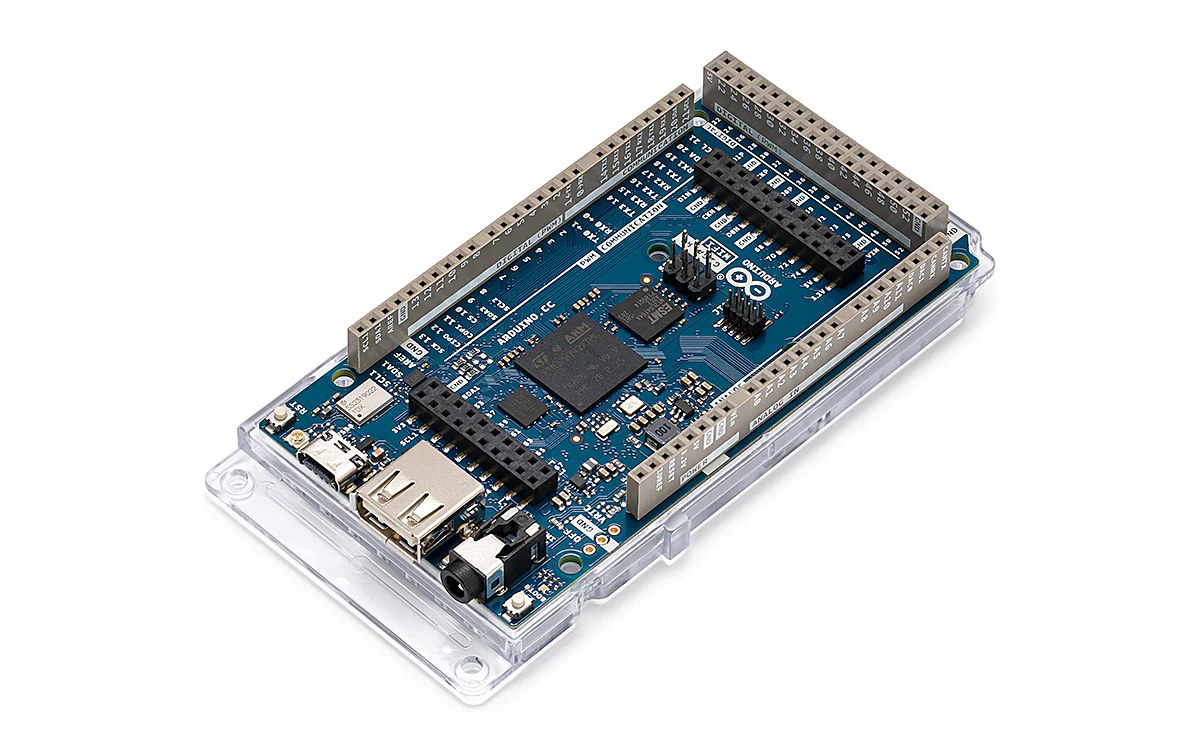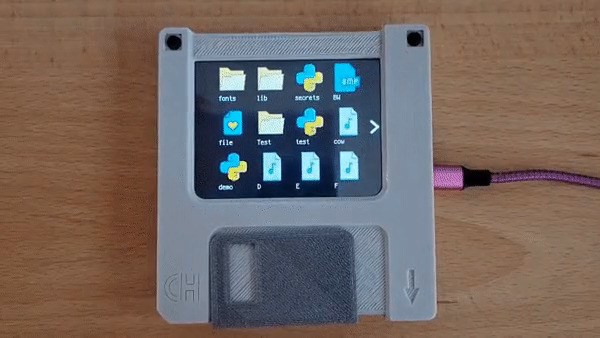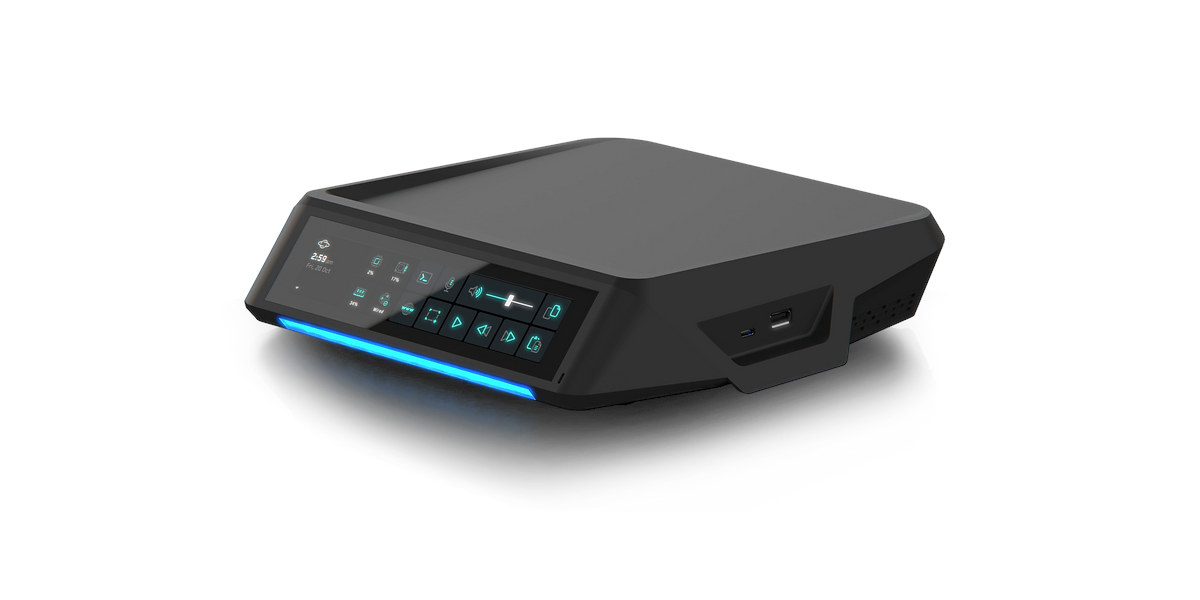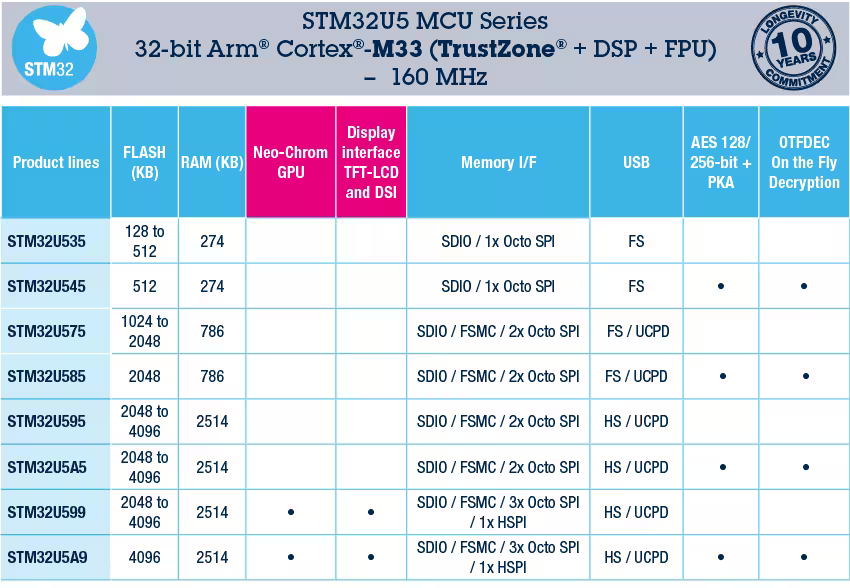Raspberry Pi Trading has just launched the 1.6MP Raspberry Pi Global Shutter Camera which can capture rapid motion without introducing artifacts usually experienced with rolling shutter cameras such as the earlier Raspberry Pi Camera modules, including the latest Raspberry Pi Camera Module 3. The company sent me Raspberry Pi Global Shutter Camera sample together with a 16mm C-mount lens for review, and I’ll report my experience after going through the specifications of the new camera. Raspberry Pi Global Shutter Camera specifications Sony IMX296LQR-C Sensor Resolution: 1.58 megapixels (color) Sensor size: 6.3mm sensor diagonal Pixel size: 3.45μm x 3.45μm Output – RAW10 Back focus length of lens – Adjustable between 12.5 and 22.4mm Lens standards – CS-Mount or C-Mount (C-CS adapter included) Integrated IR cut filter (can be removed permanently if needed) Tripod mount – 1/4”-20 Dimensions – 38 x 38 x 19.8mm (29.5mm with adapter and dust cap) Weight – […]
Review of micro:bit XGO Robot Kit – An educational robot dog with a Bluetooth joystick
ELECFREAKS micro:bit XGO Robot Kit is a robotic dog designed for robotics education. It moves realistically and acts like a real pet dog, and can help teach various technology concepts related to mechanical engineering, electronics, programming, and artificial intelligence (AI). The kit support both the BBC Micro:bit V1 and V2 boards which can be programmed with Microsoft MakeCode, Python, the Arduino IDE, and other languages. The XGO robot is compact and can be easily used on a desk or table. The robot is made of aluminum metal coated with a beautiful anodized finish. Each leg has 12 high-quality digital servos moving each joint, 3 on each side, totaling 12, helping the robot dog to move smoothly and flexibly. The robot can be controlled with apps, a joystick, and up to 19 ready-made postures, such as holding hands, looking for food, sitting down, squatting, etc… Content of the XGO robot kit: […]
SparkFun Thing Plus Matter – MGM240P board supports Matter, Zigbee, OpenThread, and Bluetooth Low Energy 5.3
SparkFun Thing Plus Matter – MGM240P board targets the development of applications using the Matter IoT protocol and features the MGM240P module based on Silicon Labs EFR32MG24 Arm Cortex-M33 wireless microcontroller with an 802.15.4 radio for Zigbee and OpenThread plus a Bluetooth Low Energy (BLE) 5.3 radio. The board also offers two rows of I/Os for upto 21 GPIOs and a Qwiic connector for expansion, another EFRM32 MCU acting as a J-link debugger, a microSD card, and can be powered via USB-C or a LiPo battery. SparkFun Thing Plus Matter – MGM240P specifications: MGM240P wireless module SoC – Silicon Labs EFR32MG24 microcontroller CPU – 32-bit Arm Cortex-M33 @ 39 MHz (MCU/module specs say up to 78 MHz, but maybe it’s clocked lower in this board for some reason, maybe lower power consumption?) Memory/Storage – 1536kB Flash Memory, 256kB RAM Wireless – 802.15.4 wireless protocols (Zigbee and OpenThread) and Bluetooth Low […]
Arduino GIGA R1 WiFi board launches with STM32H7 MCU, up to 76 I/O pins
Arduino GIGA R1 WiFi board brings the STM32H7 dual-core Cortex-M7/M4 microcontroller found in the Portenta H7 boards to the larger Arduino Mega/Due form factor with up to 76 GPIO pins. As its name implies, the board also comes with a WiFi 4 (and Bluetooth 5.1) module, as well as an audio jack, a USB Type-C port for programming, a USB 2.0 Type-A host port, and extra connectors for a display and a camera. Arduino GIGA R1 WiFi board specifications: Microcontroller – STMicro STM32H747XI Cortex-M7 @ 480 MHz + M4 @ 200 MHz MCU with 2MB dual-bank Flash memory, 1 MB RAM, Chrom-ART graphical hardware accelerator System Memory – 8MB SDRAM Storage – 16MB QSPI NOR flash Connectivity – 2.4GHz WiFi 802.11b/g/n up to 65 Mbps and Bluetooth 5.1 BR/EDR/LE via Murata 1DX module Display – 20-pin header (J5) Camera – 20-pin Arducam camera header (J6) USB 1x USB Type-C port […]
Floppy thumb drive integrates Adafruit PyPortal display based on Microchip SAMD51 MCU
Anne Barela’s Floppy Thumb Drive project houses the Adafruit PyPortal internet display in a 3D-printed enclosure that looks like a 3.5-inch floppy disk, just a bit thicker. The computer-in-a-floppy-disk project runs CircuitPython code to list the first 12 files stored in the flash and can display photos or animations, play audio, or execute scripts. The project consists of three main parts: The Adafruit PyPortal internet display with Microchip SAMD51 (ATSAMD51J20) Arm Cortex-M4F microcontroller @ up to 120 MHz with 1 MB flash, 256 KB SRAM Display – 3.2-inch 320 x 240 color TFT display with resistive touchscreen Audio – Speaker Storage 8MB flash storage optional microSD card (not used in the project). ESP32 for WiFi and Bluetooth connectivity (not used in the project) Sensors – Light and Temperature sensors Misc – NeoPixel RGB Micro USB to USB cable 3D printed files for the front cover, back door, front door, disk, […]
PlanetPC XR1/XR2 Rockchip RK3568/RK3588 Mini PC comes with a touchscreen display for control (Crowdfunding)
PlanetPC XR1/XR2 are Arm Linux mini PCs based on Rockchip RK3568 or RK3588 processor respectively with a unique design featuring an integrated touchscreen display for control. Planet Computers has designed several unique computing devices over the years such as the Cosmo Communicator 2-in-1 smartphone and computer or Astro Slide 5G transformer smartphone, and the British company has now come up with a mini PC preloaded with Ubuntu with a touchscreen screen interface, dual 4K/8K video output, dual Gigabit Ethernet and more. PlanetPC XR1/XR2 specifications: SoC PlanetPC XR1 – Rockchip RK3568 quad-core Cortex-A55 processor up to 2.0 GHz with Arm Mali-G52 2EE, 0.8 TOPS NPU PlanetPC XR2 – Rockchip 3588 octa-core Cortex-A76/A55 processor up to 2.4 GHz with Arm Mali-G610 MP4 GPU, 6 TOPS NPU System Memory & Storage PlanetPC XR1 4GB LPDDR4 32GB eMMC flash Optional 512GB, 1TB, 2TB M.2 NVMe Optional up to 14TB SATA HDD or 2TB SATA […]
STMicro adds more STM32U5 Cortex-M33 MCUs with NeoChrom 2.5D GPU, 128KB to 4MB flash, NIST certification, etc…
STMicro has added three new families to its STM32U5 Cortex-M33 microcontroller series with the entry-level STM32U535/545 with as little as 128KB flash, the STM32U595/5A5 with up to 4MB of Flash and 2,514KB of RAM, and the STM32U599/5A9 with similar features as the STM32U595/5A5 by adding the new NeoChrom 2.5D GPU plus TFT-LCD and DSI display interfaces. STMicro also announced that STM32U5 series MCUs were the first general-purpose MCUs to receive NIST-embedded random-number entropy source certification. As of now, along with the STM32U575/585 introduced in February 2021 with an optional Chrom-ART 2D GPU, STMicro offers eight product lines as part of the STM32U5 MCU series as shown in the table below. That means the STM32U5 microcontroller can address a wider range of applications with the STM32U535/545 targetting lower-cost applications with less flash and RAM, the “legacy” STM32U575/U585 for mid-range applications, and the STM32U59X/5AX for applications where more storage and memory is […]
Sparkfun NanoBeacon low power Bluetooth 5.3 beacon module supports Bosch BME280 and BMA400 sensors
Sparkfun NanoBeacon is a module equipped with InPlay IN100 NanoBeacon Bluetooth 5.3 beacon SoC, a Qwicc connector, and a few GPIOs designed to work with Bosch Sensortec BME280 3-in-1 humidity sensor, measuring humidity, air pressure, and ambient temperature, and the BMA400 ultra-low power accelerometer sensor. The IN100 NanoBeacon SoC consumes less than 650nA in sleep mode, supports proprietary, Bluetooth, Google Eddystone, and Apple iBeacon beacon modules, and offers a long range of up to several hundred meters. Sparkfun NanoBoard specifications: Bluetooth Beacon SoC – IN100 NanoBeacon SoC (See datasheet for details) Memory – 4 KB SRAM + 4 Kbit OTP memory Bluetooth 5.3 compliant Beacon Modes: Proprietary, BT, Google Eddystone, and Apple iBeacon compliant 2.4GHz RF frequency band, MedRadio band (2.36GHz) Programming-free and firmware-less design Long-range transmission: up to several hundred meters Security Authentication of beacon ID Privacy of advertising payload Power consumption Sub-uW power consumption for multi-year operation on […]


